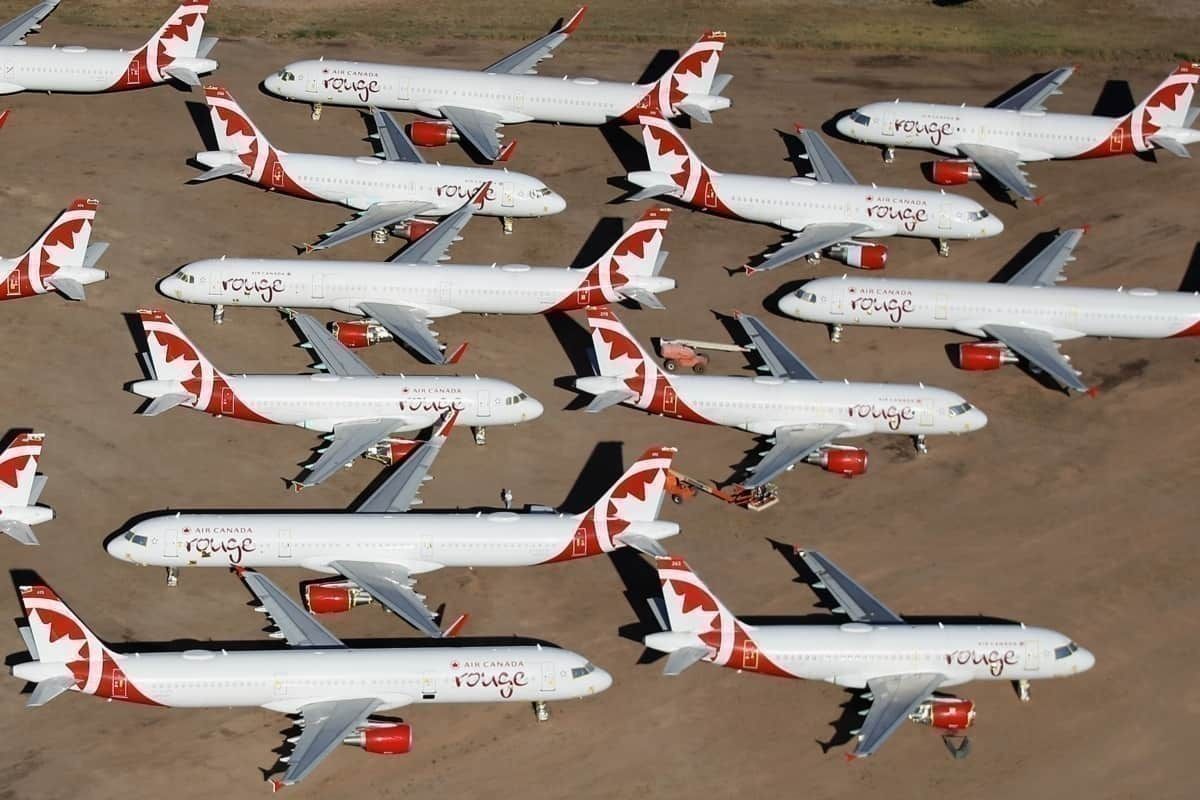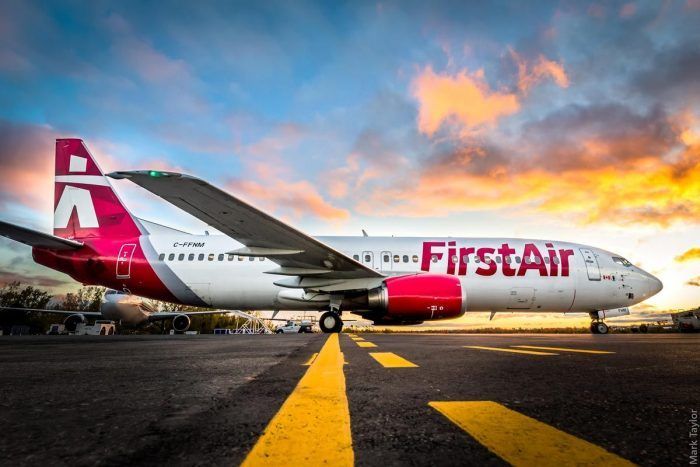Since the onset of COVID-19 and the ramp-up in health and safety precautions in March, air travel has been a drastically different experience all around the world. With changes varying from country to country, how have things changed in Canada?
Fleet, service, and staff reductions
Of course, the most significant change with Canadian air travel is the reduction in services as a consequence of travel restrictions both internationally and domestically. Whether a result of government restrictions or a personal choice to reduce the risk of infection, people are staying home.
The knock-on effects of this are far-reaching. Like a line of dominos, the drop in travel demand has led to service reductions, staff cuts, and fleet reductions. The most notable reductions come from the nation's largest carrier, Air Canada, which is sending 79 aircraft into early retirement while also cutting 20,000 jobs.
One of the more unique route adjustments comes from Swoop - which has opted to run a service called the "Swoop Sprint." This multi-stop route goes from coast to coast, serving only four cities.
Stay informed: Sign up for our daily aviation news digest.
Interprovincial travel restrictions
One of the more Canadian-specific (and perhaps region-specific) changes to air travel is the imposition of interprovincial travel restrictions. Many maritime provinces have travel bans in effect, keeping away out-of-province travelers and non-residents who are not making essential trips. The territories of Canada's north have similar bans in place.
While airlines in other large countries such as the United States have at least been able to operate 'unhindered' in terms of domestic operations, Canada's airlines have this additional layover of complexity. The one exception (or similarity) is Hawaii's 14-day quarantine policy for new arrivals.
The travel experience itself
For those who can travel in, out, or within Canada, the flying experience will have significantly changed. However, these changes are similar to those made by airlines around the world. They include:
- Temperature checks at the terminal, sometimes at the gate, before boarding
- Mandatory wearing of face coverings at the airport and on board the aircraft
- Enhanced cleaning of aircraft, performed with increased frequency
- The presence of hand sanitizer stations and physical-distancing-reminders across the airport
- Food and drink service-reductions
- And the presence of flexible rebooking policies
[EMBED_VIMEO]https://vimeo.com/420453587[/EMBED_VIMEO]
Airline frustrations
Despite more recent changes and updates with rebooking and cancelation policies, many passengers of Canadian airlines are still frustrated (if not furious) with carriers unwilling to provide cash refunds. Instead, airlines have issued travel vouchers or credit.
While this may not change the air travel experience for many, for those affected, the way airlines have managed flight cancelations or schedule changes has left an awful impression and some level of mistrust. Aside from a possibly drawn-out legal battle, the long-term effects of this (if any) have yet to show themselves.
Have you flown in Canada recently? How have things changed for you? Is there anything we missed? Let us know in the comments.




